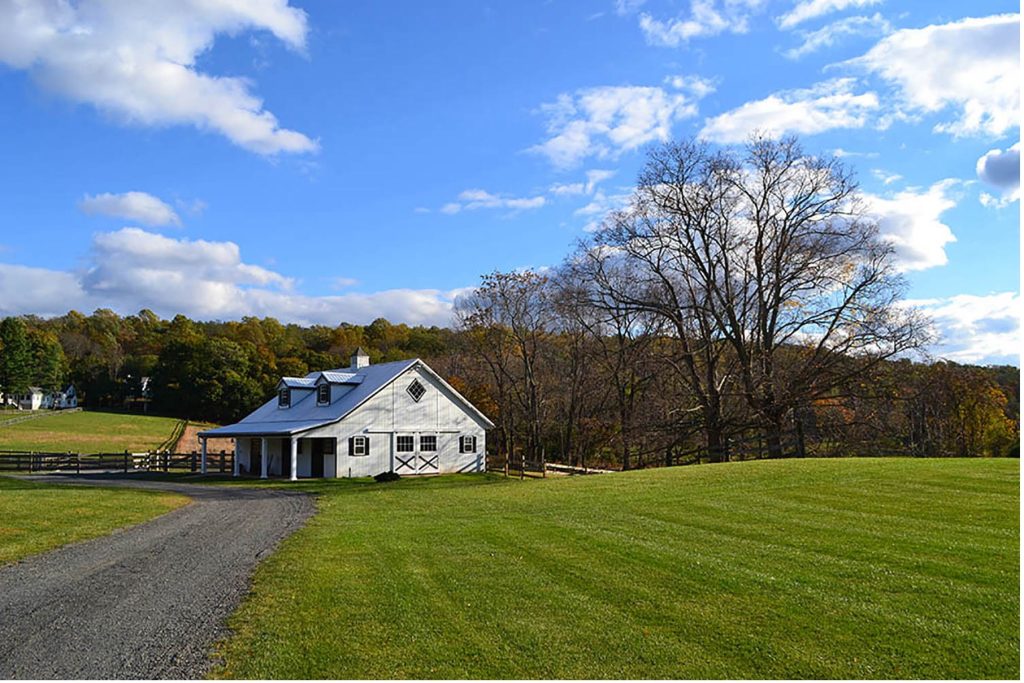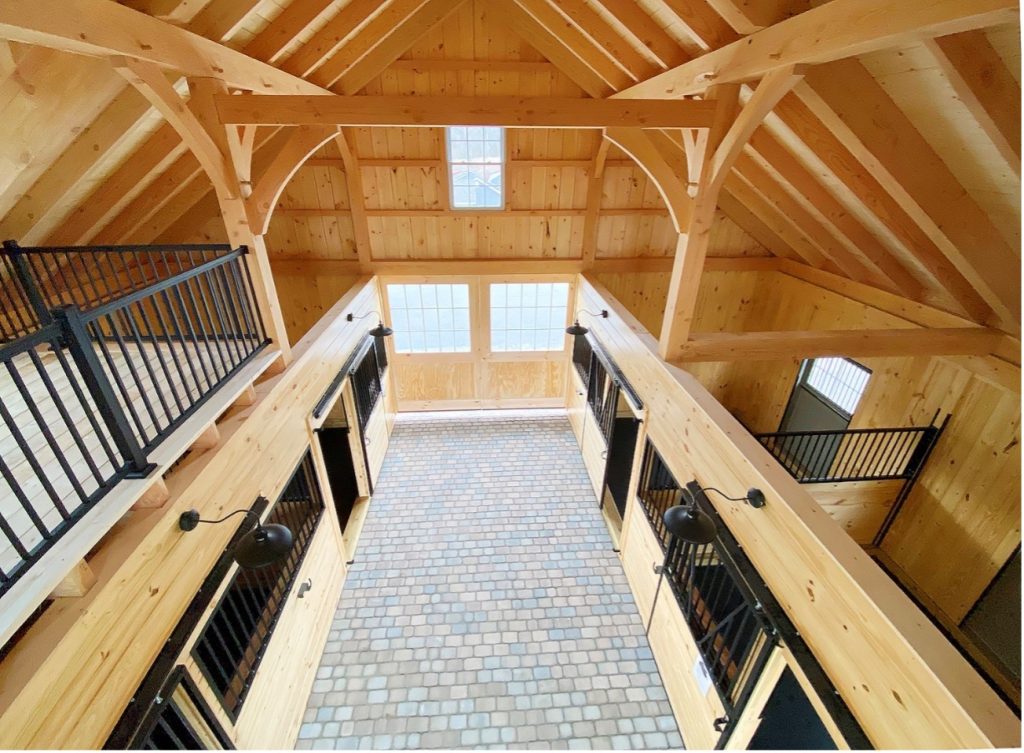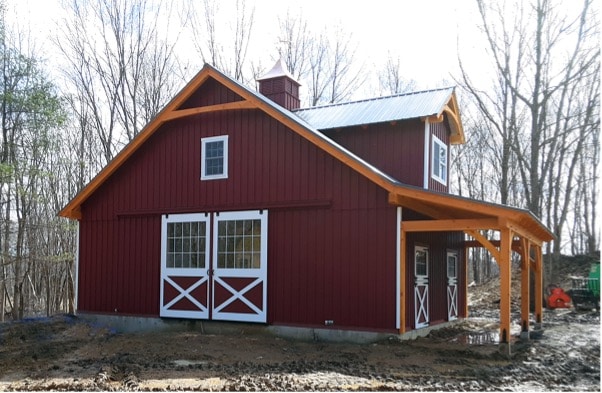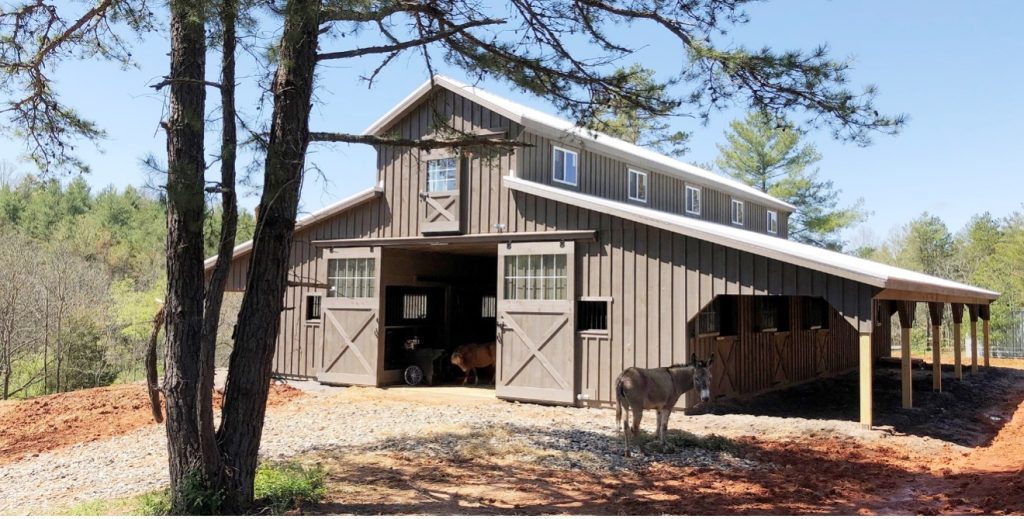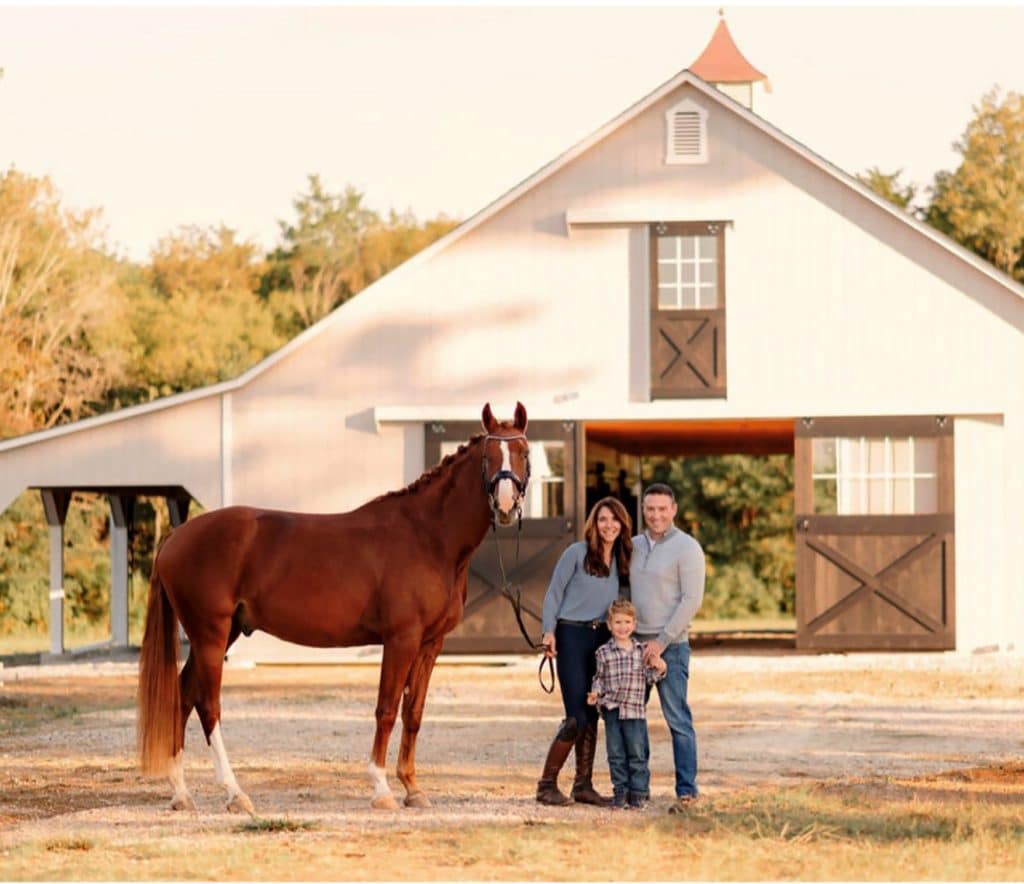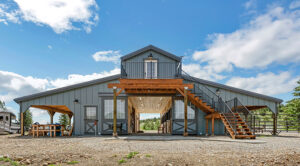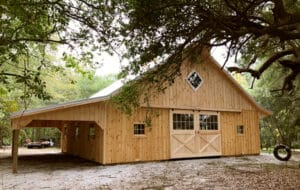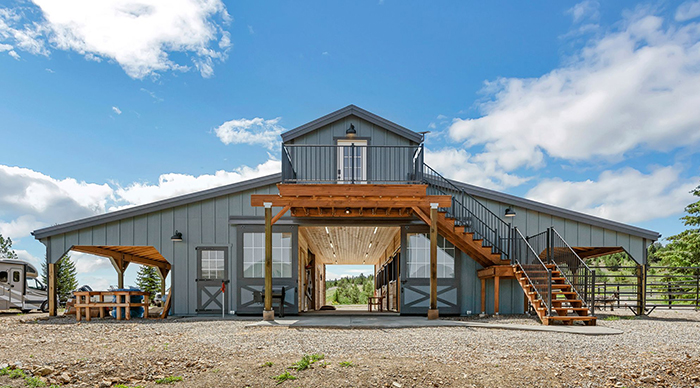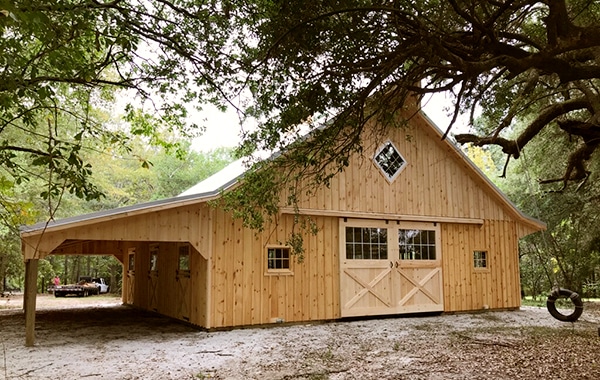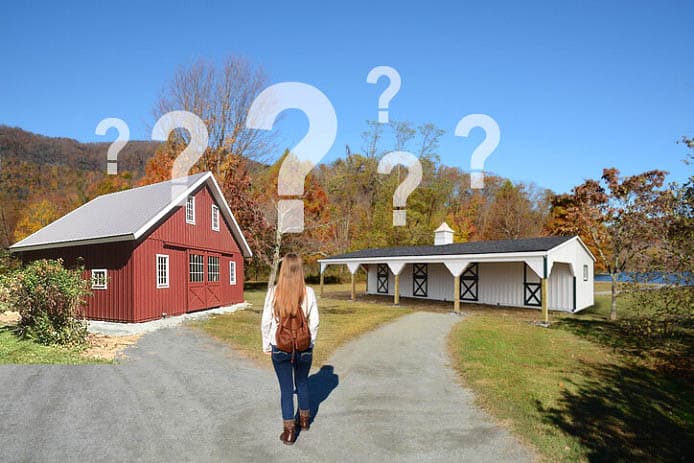When a permanent structure is added to a property its legacy will extend far beyond one lifetime. Well – it will if it is properly built and considers property stewardship! For property owners that seek to develop their parcels of land into equestrian facilities, consideration of the future of the build beyond their ownership is not always high on the priority list.
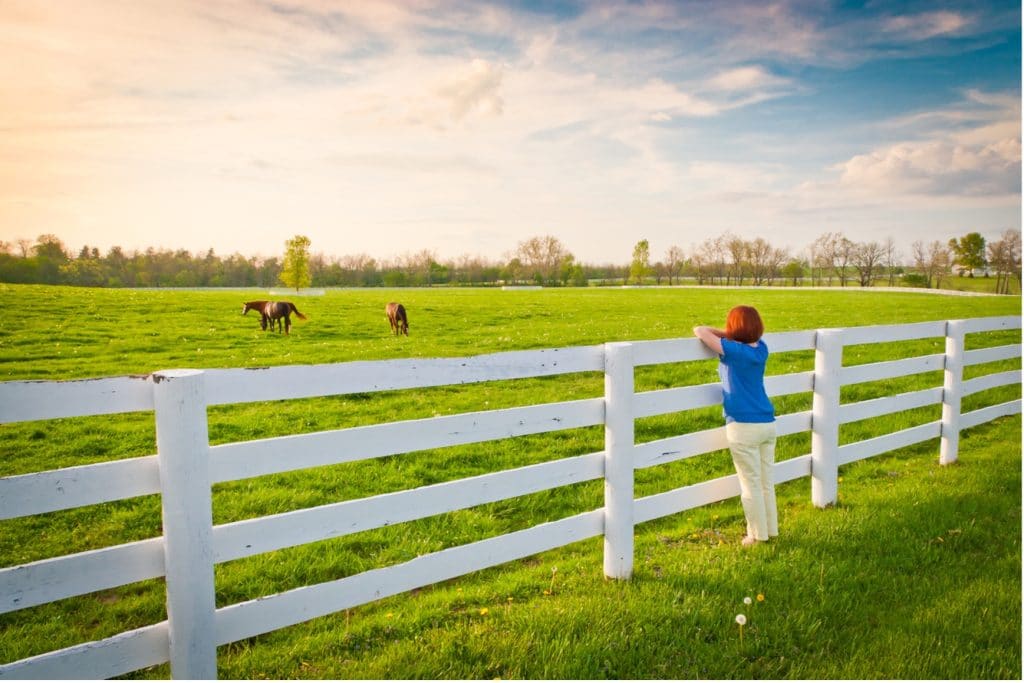
However big or small the overall size of the equine operation is projected to be or become, land development comes with a set of responsibilities that goes beyond paying taxes and keeping the grass, cover crop or woods maintained.
Ideally, when property owners seek to construct permanent structures, such as houses and barns, responsible stewardship and consideration for all aspects of environmental impact will be addressed.
There are times when you want to build something that stands out, but there is also a moral obligation to consider the short and long-term consequences of building an architecturally startling structure.
You don’t want to be ‘that neighbor’, the one that moves into an area of natural beauty or buys a heritage plot of land and proceeds to develop a home or barn that is a blot on the existing landscape.
Would you have a conscience about blocking a neighbor’s view with a multi-level brightly colored house? Or constructing a horse barn that looked out of place among a scenic valley of Dutch influenced Gambrel roofed farm buildings? Would you think twice about whether your barn design blended into the landscape or stood out announcing your presence in the neighborhood for all to duly note if not perhaps admire?
Taking note that whatever you choose to build will likely be a legacy and survive long after you have either moved away or passed on means planning further ahead. Consideration for not just the quality of the build so that it offers longevity but also the design, style, size and color of the structure and how it integrates into an existing view is not on everyone’s to do list. Even when they acknowledge the permanence of their decision and its environmental impact. Respect for history and sensitivity to a heritage site, realization that stewardship of the land is temporary, that a moral obligation exists to consider the relevance of a roof material or engineering method is often overlooked.
While deed restrictions such as view protections, heights and locations of new builds etc. do exist, there are many cases where no such preservation methods prevail at the time of the land sale.
In most cases no compromise to the efficiency or low maintenance needs of a modern barn design needs to be made if you seek to honor the style of a traditional horse barn.
Mortise and tenon engineered timber frame barns can mirror the bygone days of historical estate builds when land is inevitably sold off for development around existing mansions or houses. Horizon Structures clients, such as Mark and Lynda Mscisz are examples of folks that took special consideration of the moral responsibility of keeping old world charm alive, when they purchased lands on the William Coolidge Estate in Topsfield, MA, and did just that and are now the proud owners of a Horizon structures timber frame barn that is the envy of friends and equestrian neighbors.
In farming areas the familiar red oxide paint that spoke to the legacy of farmers’ innovative ideas in the 1700’s, was indeed a brilliant notion. There is no reason why a modern-day barn build can’t also be innovative without compromising the inherent natural beauty of an area or adding a pleasing aesthetic to its surroundings.
Consider siting a Monitor style barn in the sandy scenery of the southwest, that identifies with the cowboy lifestyles and barns built in that era as the homesteaders of New England travelled West. The great ventilation a Monitor style barn offers is the perfect horse housing answer for regions where high temperatures are common.
Do you live in an area where tobacco farming was common? Why not give a nostalgic nod to the Kentucky tobacco industry and color the siding of your new center aisle barn (replete with an overhang and gable roof) with a black stain?
Low maintenance stains that can offer protection for 15 years are now available and can keep labor and material costs down in future years.
When it comes to barn design and colors, there is much inspiration to be found in history. And when it comes to implementing those designs and updating them to this century, there are a myriad of products that a modular barn building company can offer that honor the past while satisfying contemporary concerns and needs.
There are times when you want to stand out. But there are also times when you want to stand up and preserve the traditional architectural appeal of the area that you have just moved into.
After all, you probably moved into the region because that is what you liked about the place in the first place.


